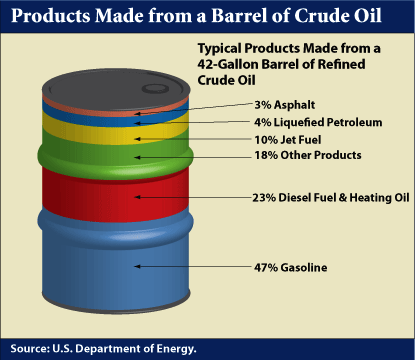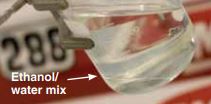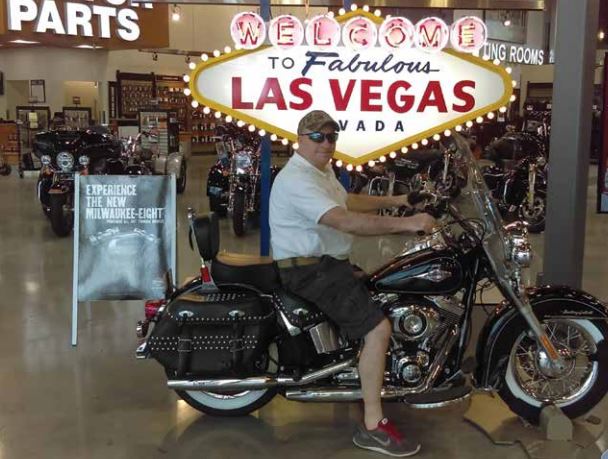What is Synthetic Motor Oil? Ed Newman|Aug 18, 2017 8:19 AM As most of my friends know, and you now as well, I listen to audio books during my daily commute. My current book, about history’s first billionaire, is titled “Titan: The Life of John D. Rockefeller, Sr.” It’s a massive book about a massively […]
You are browsing archives for
Year: 2017
Solve ethanol issues before they arise
Prevent Ethanol Issues Now The fuel some love to hate isn’t the problem – letting gasoline sit too long is the real problem. Len Groom | TECHNICAL PRODUCT MANAGER How did an alternative fuel made mostly from corn grown in the Midwest become a political lightning rod? Whatever the reason, ethanol is always a controversial […]
DEALER FINDS LONG-TERM BUSINESS ‘FIT’ IN
DEALER FINDS LONG-TERM BUSINESS ‘FIT’ IN AMSOIL Direct Jobber Erin Hart of Surrey, British Columbia, Canada has been in the AMSOIL business for 10 years. “The timing was perfect when I found AMSOIL,” Hart said. “I had just recently become a new dad and was at home with our three-month-old son. I had just started […]
Lubricant Viscosity Explained
Lubricant Viscosity Explained Ed Newman|May 24, 2017 8:30 AM A lubricant’s viscosity and how it changes under different temperatures and operating conditions is one of the most important properties that determines lubricant performance and protection. Viscosity can be viewed in two ways: • Kinematic viscosity • Dynamic (or absolute) viscosity Kinematic viscosity is defined by […]



